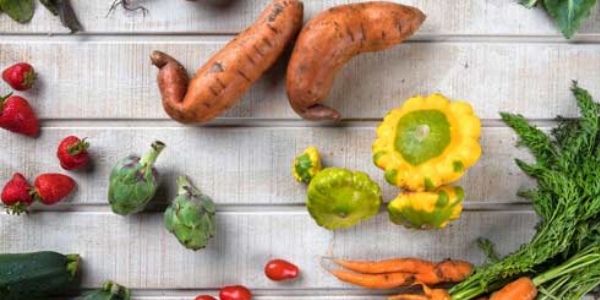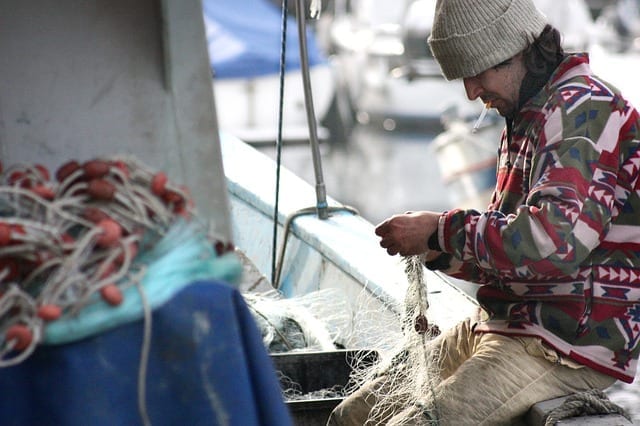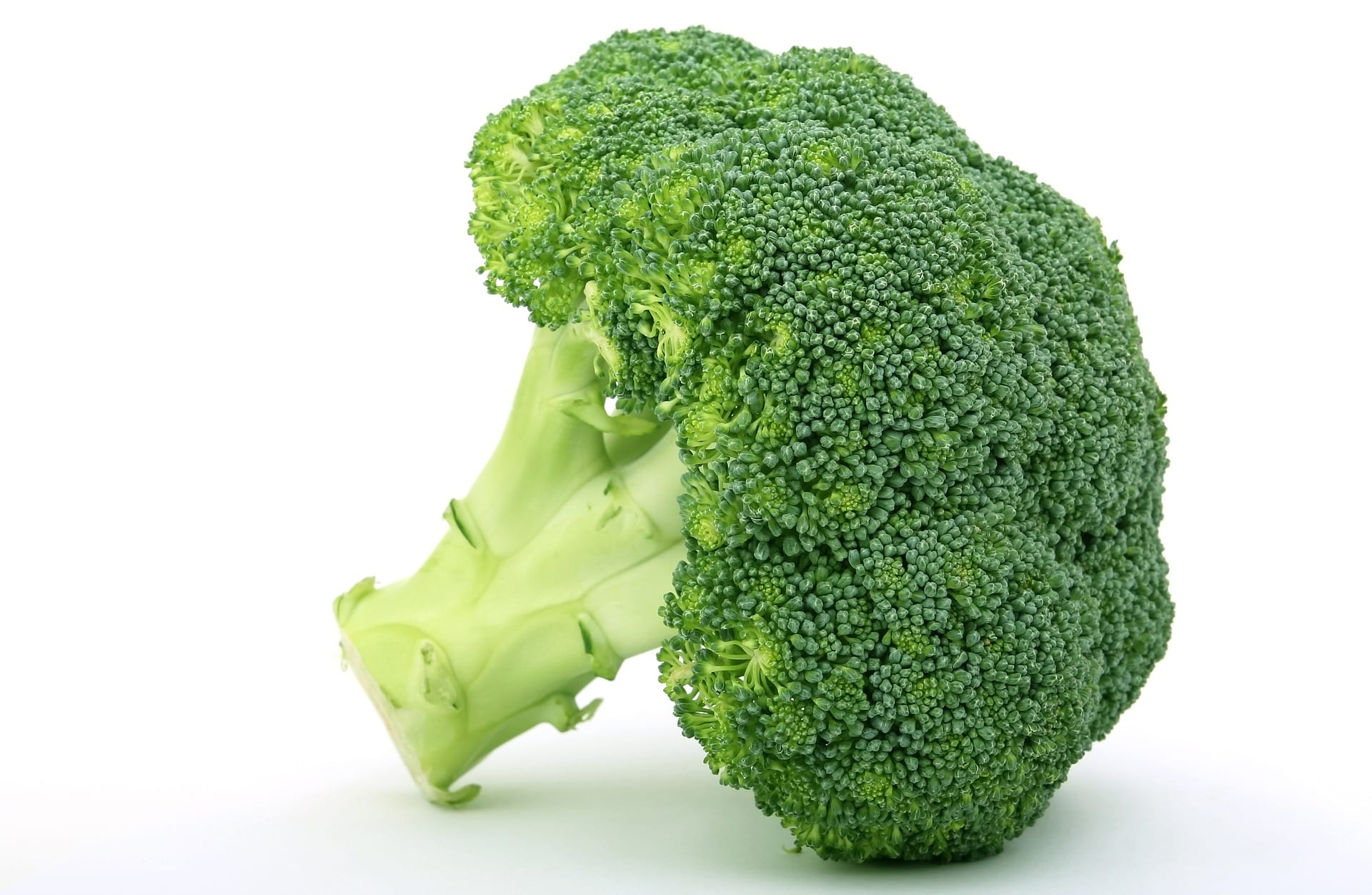All the products we consume have a process of selection and quality control. But the question is in what elements determine that they are classified to be marketed. In many cases they are simple standards for size, color, shape and appearance, usually. In others, there are reasons for food safety that are important to the chain. But what about the ugly food or considered this way for its aesthetics? At a time where the crisis for the COVID-19 it is affecting many people, there is no point in wasting for that reason. Through this article we want to vindicate the consumption of these misunderstood food!
Rejection is not the way
Many parts of the world have addressed this issue to give a commercial outlet to all these products perishable which, apparently, are not commercial, due to their appearance. We must bear in mind that all these ugly food they have a gastronomic and nutritional value just like the rest. A good comparison could be made with the people who are rejected by society for their physical appearance. Outside of that subjective judgment, they are still human beings with their strengths and weaknesses, like everyone else.

It is estimated that if the selection criteria were not aesthetic, size or color, the savings in water consumption it would be a 18% and about a 10% in minor energy consumption in its production. That is, in addition to common sense reasons for not wasting food, there is a very important environmental reason. Rejection is not the way, but ignoring this relevant fact does not lead to a successful conclusion. It is time to realize!
Fruits and vegetables, the most marginalized
Are fruits and vegetables the food products that are discard more for aesthetic reasons. It is estimated that approximately one 20% it is marginalized once harvested, since the market only values perfection. And even with an aesthetic appearance that meets the 'photo' standards that they promote.
As an example, in Sweden a study has been carried out where they indicate that only 10% of bananas they become consumed. In other words, out of every 10 bananas harvested at origin, only one is ever consumed and the rest are discarded for aesthetic reasons. black spots or small bumps on the skin of the fruit.
There are many European and American supermarkets that have a ugly and imperfect food section. These chains look to the customer who, for reasons of price or sustainability, they decide to acquire them. In this way, it helps them to associate their brand with these values of respect for the environment and to serve a more appropriate offer.
Where this type of product sales is having the greatest momentum is in the RED. Two examples are the American company Perfectly imperfect, which for years has been selling imperfect products.
In Spain we have in the market online the company's case imperfectus. Both companies sell not perfect but proximity fruit boxes, both to individuals and companies. A way of transmitting the values of sustainability to employees. Also actions such as those of gleaners, which are dedicated to collecting and marketing fruits and vegetables for social purposes, provide a social plus to the product. Do you also dare to fight against this food discrimination?
The case of fish among ugly foods
Although different from vegetables and fruits, the problem of discards in the case of fishing is also important. According to a study by the FAO, 8% of the catch is returned to the sea. In this case, the main reasons are because they are species with no commercial value, because of their size, because they have some defect, a specimen is damaged or, simply, because they are not authorized to capture those species at that time or place. Since 2019 there is a directive Europe which obliges all boats to carry all the catches made to port.
With this new regulations It has been achieved that, although it is not very profitable for the fisherman, it can be used for the industry or, in some cases, in soup kitchens that fish with little value in the market. A topic for reflection is to analyze how the commercial value of according to which species changes for cultural reasons and fishing area. Perhaps you can learn from these uses in those places.

The role of gastronomy and distribution
A large responsibility in the use of ugly food that are not perfect has it gastronomy. The use of discard species in the case of fishing or in the case of vegetables and fruits showing that they are not perfect, in recipes or daily consumption would help to give value to these products and avoid their waste. Something important for which the FAO He's been fighting for quite some time.
For its part, the distribution chain should start, without complexes, the commercialization of these products to reach or retain customers who would buy them, as in other countries, for economic or sustainability reasons. Do you want to join too and be one of those who collaborates in claiming the consumption of ugly food? Well, look inside, not look!






